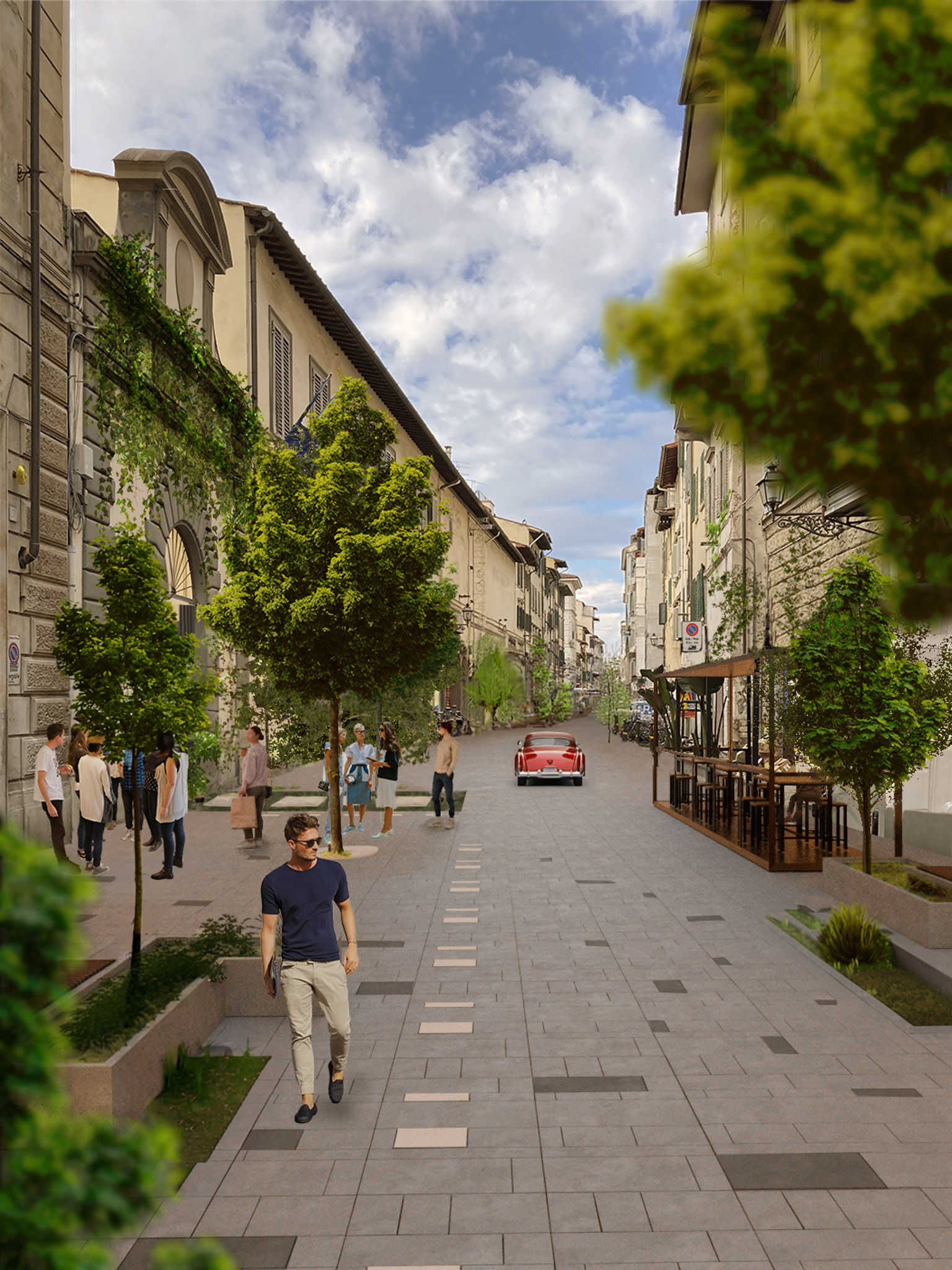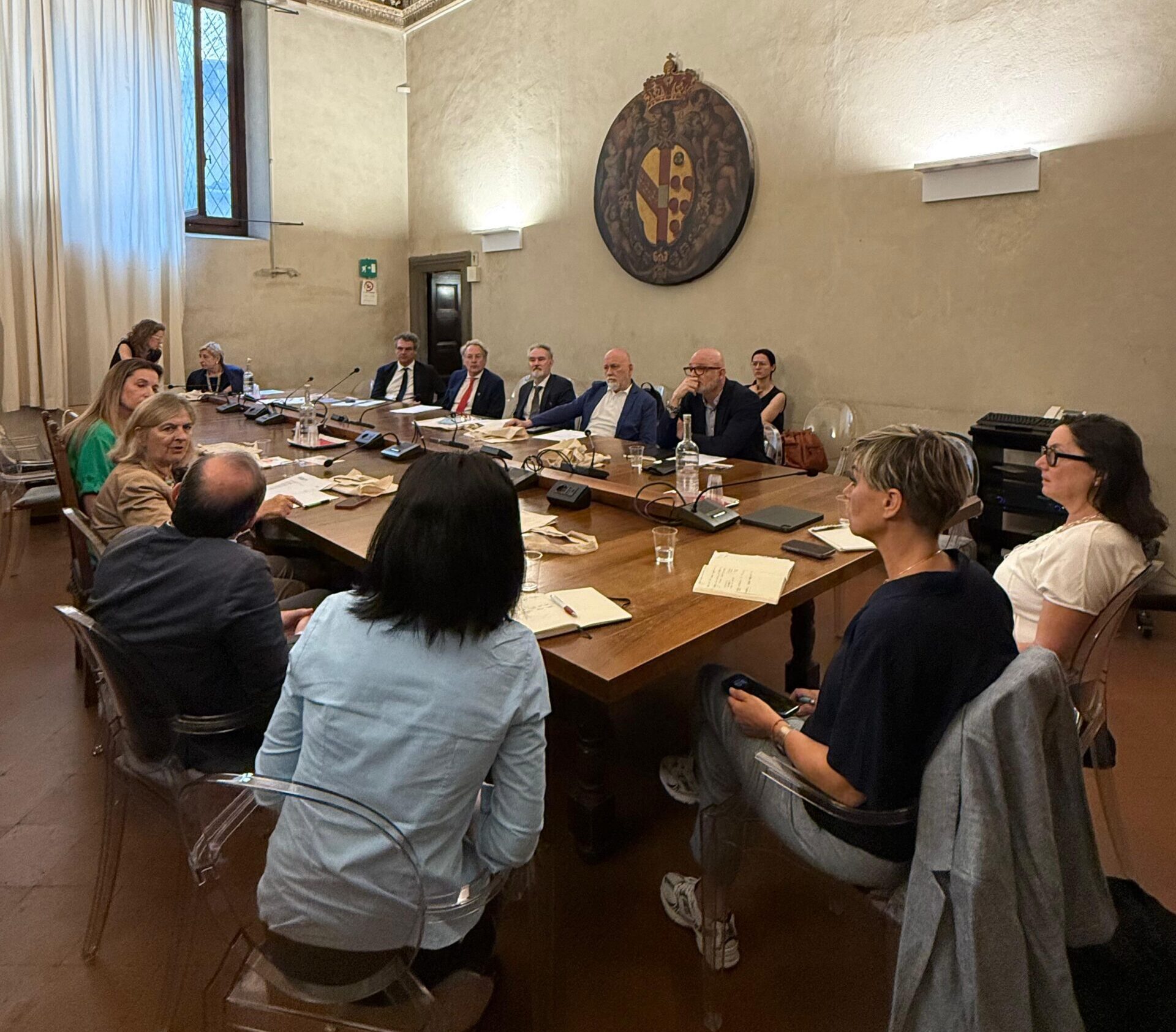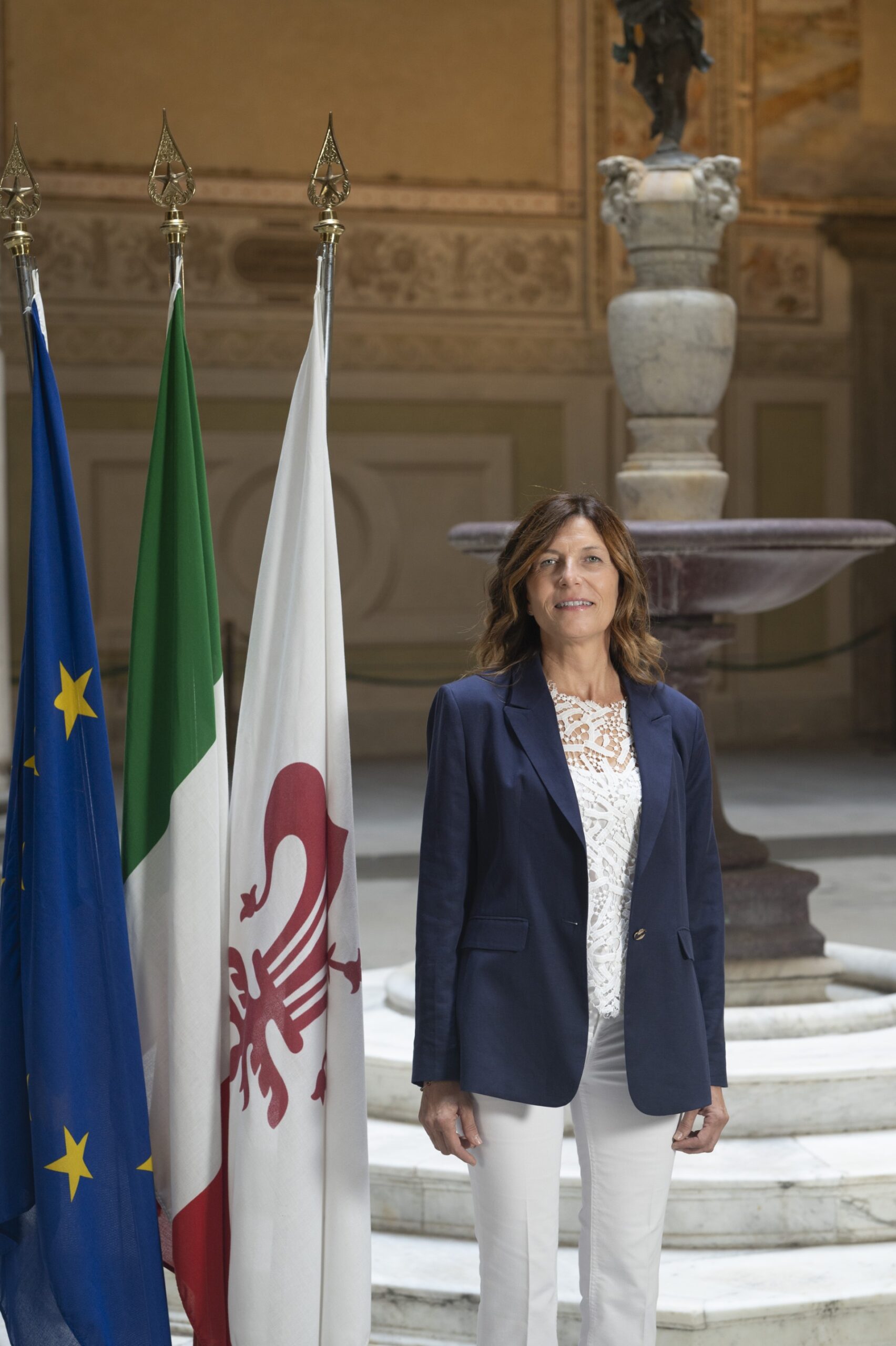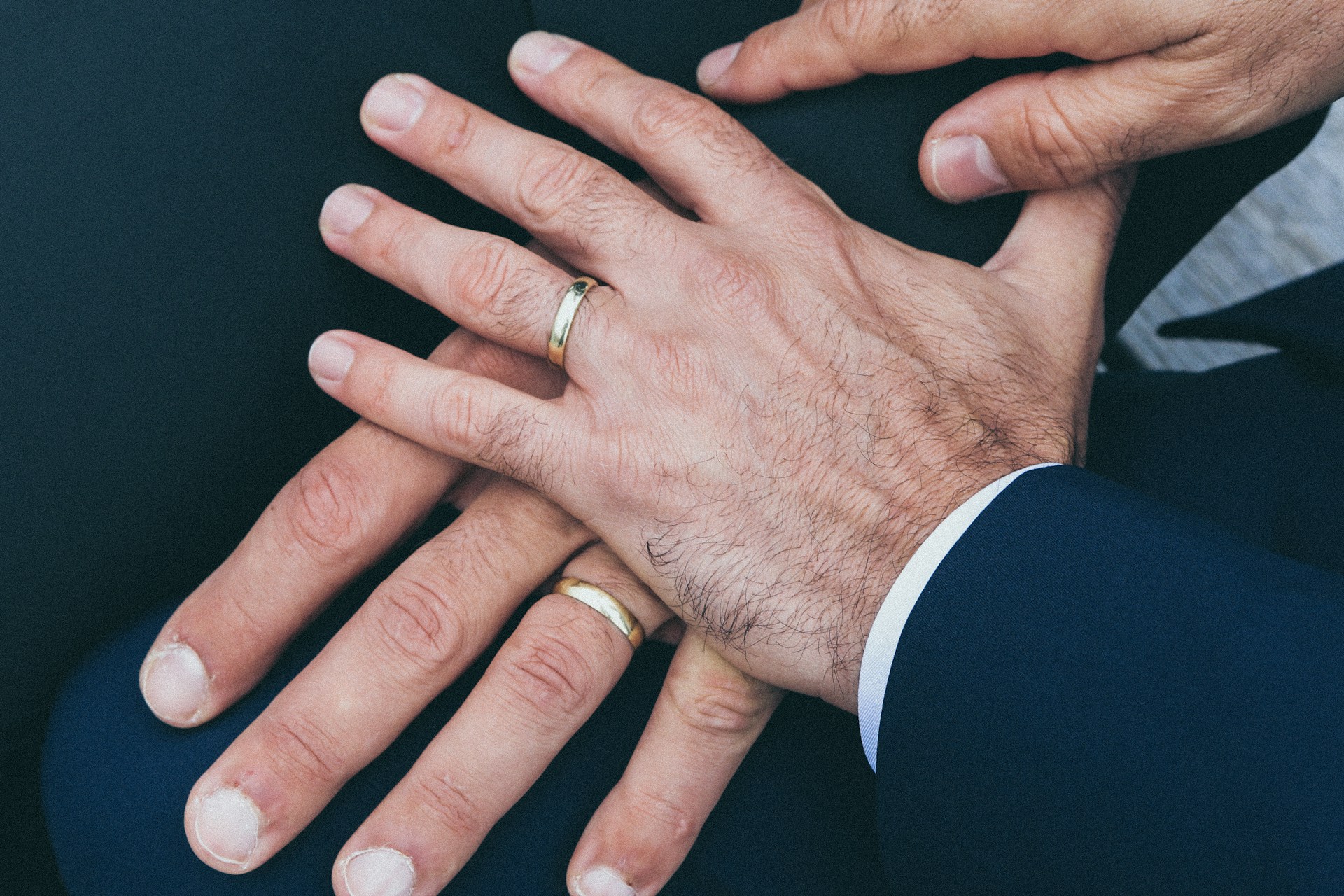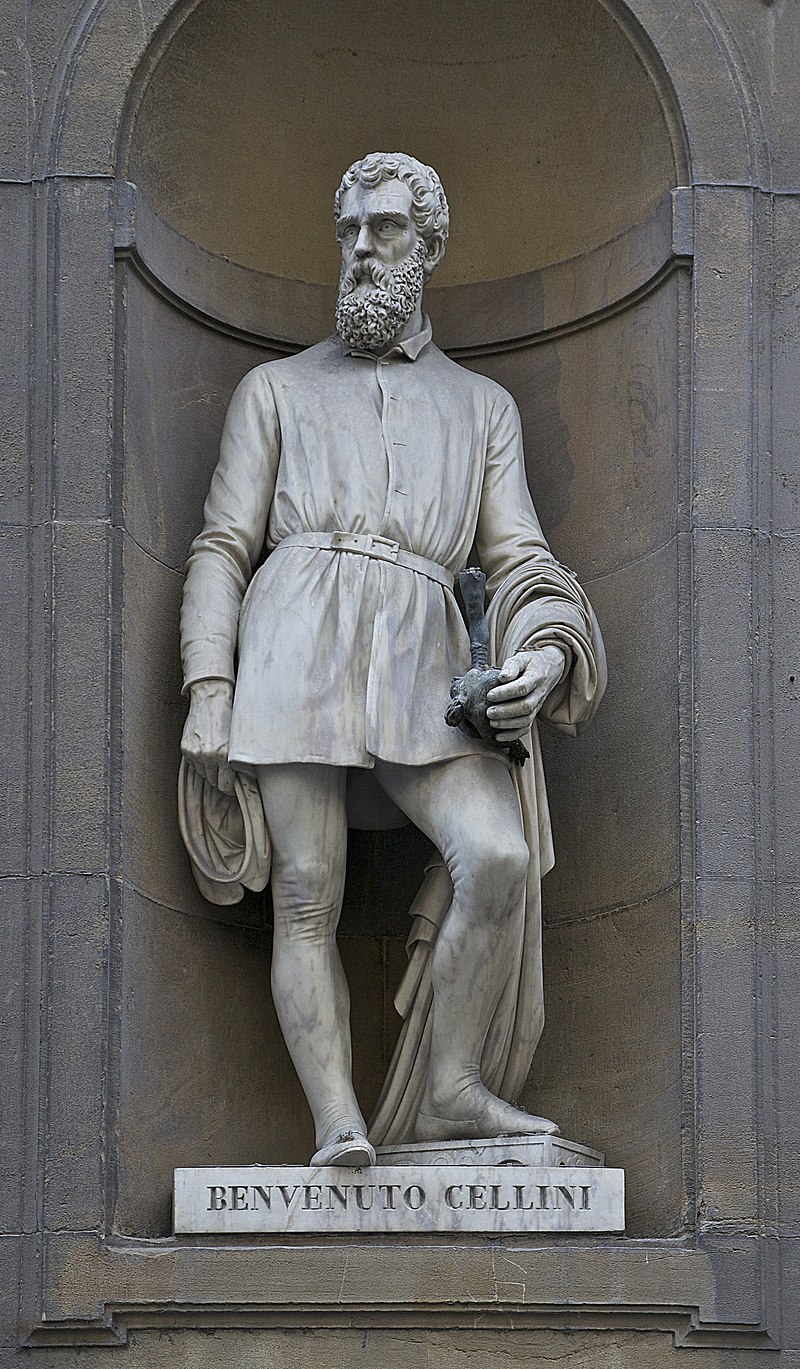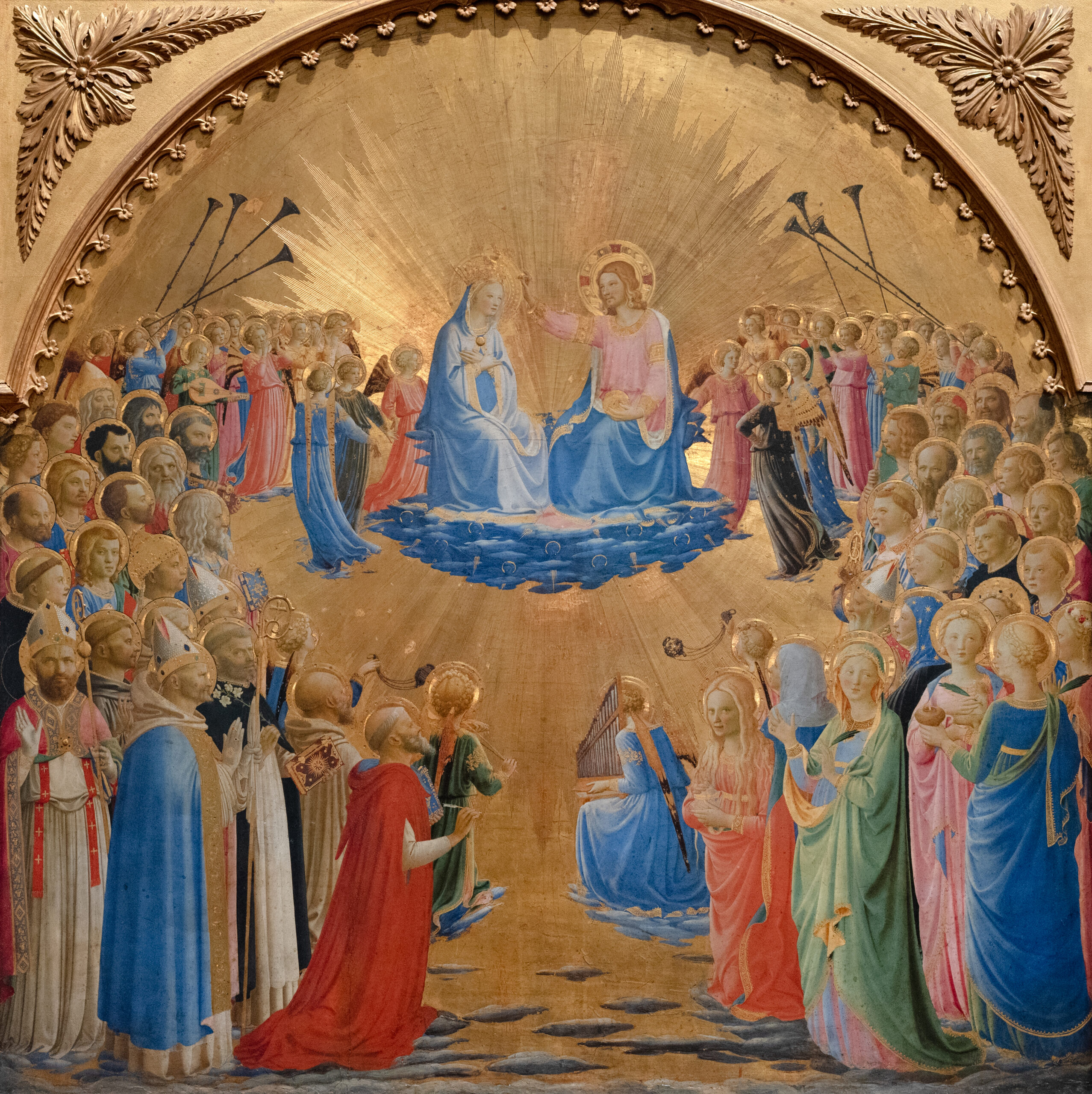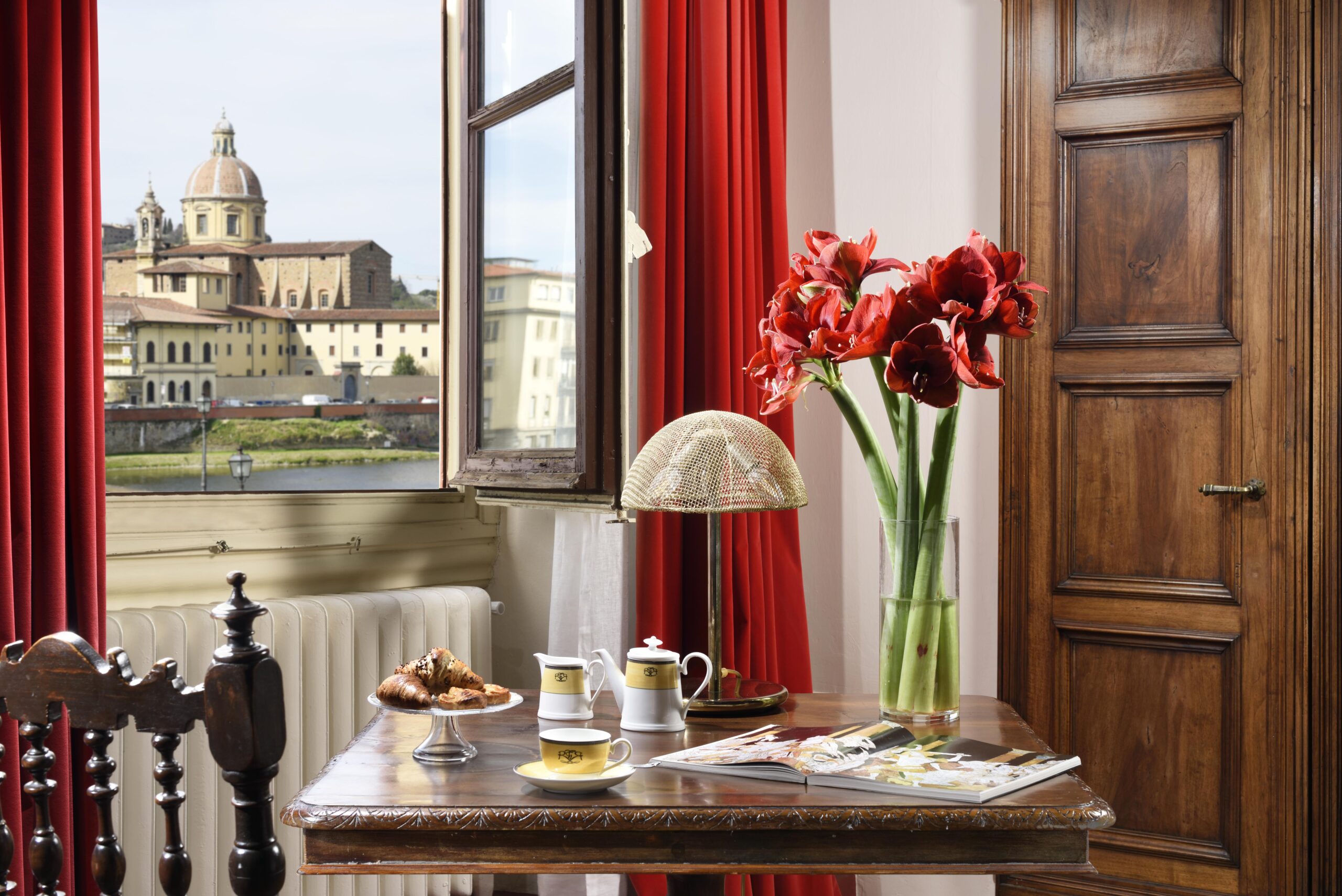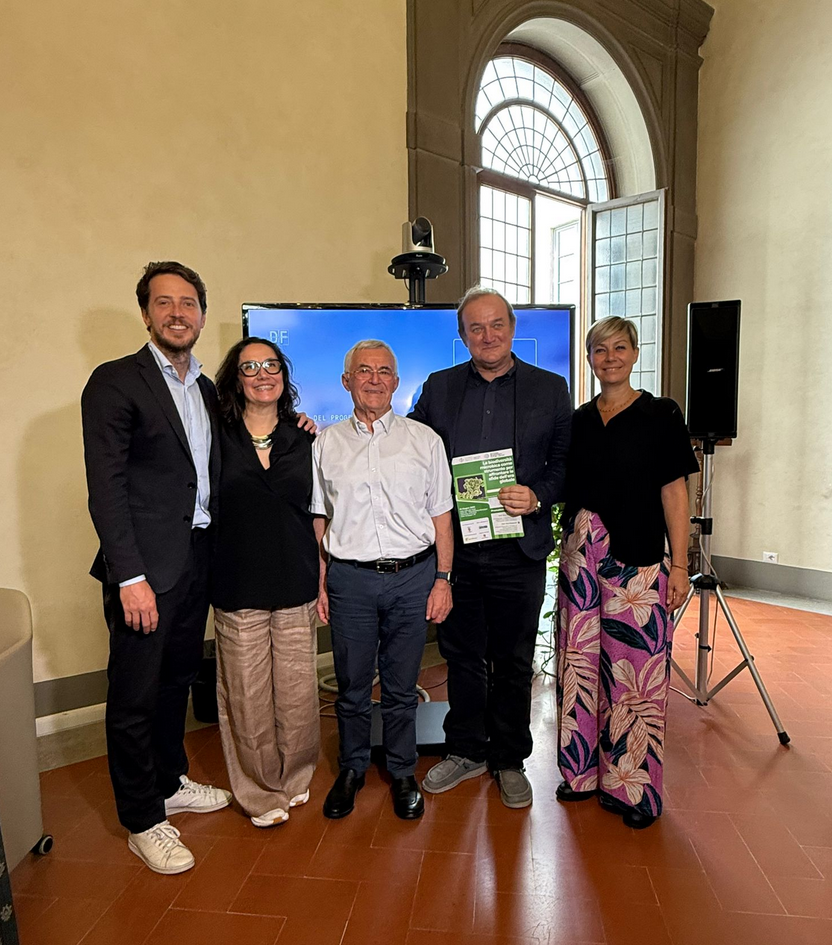This easy embrace dates all the way back to the Renaissance as a time of expressive freedom for artists believed to be gay, such as the unmarried Michelangelo Buonarroti and Leonardo da Vinci. The close “friendship” between philosopher Marsilio Ficino and poet Giovanni Cavalcanti was highlighted in letters exchanged between the couple. It wasn’t always plain sailing, of course, and several Renaissance artists were accused of sodomy, most famously sculptor Benvenuto Cellini, who was forced to pay sizeable fines, often in the form of sacks of flour.
While it’s practically impossible to establish the sexual orientation of past figures, championing Tuscany’s, and more specifically Florence’s liberal history, is certainly merited. Grand Duke of Tuscany, Leopoldo I was the first to decriminalize homosexuality in 1853. Indeed, three of the Medici dynasty, Pope Leo X, Ferdinand II, and Giovanni Gastone, were almost certainly gay or bisexual, and the ruling family generally turned a blind eye to their citizens’ sexual preferences, especially when artists, writers and thinkers were involved. Although Savonarola threatened to undermine this tolerance in the late 1400s, the status quo was swiftly restored with the first gay revolution in history. On August 13, 1512, the Compagnacci, a group of 30 or so nobles stormed the Florentine seat of power, demanding that all punishments ceased against the homosexual community. Just one month later, the Medici returned to Florence and approved the request. Tuscany’s historic openness is also revealed linguistically: the word for “homosexual” in Germanic countries at the time was Florenzen and the French referred to sodomy as le vice florentin (“the Florentine vice”).


